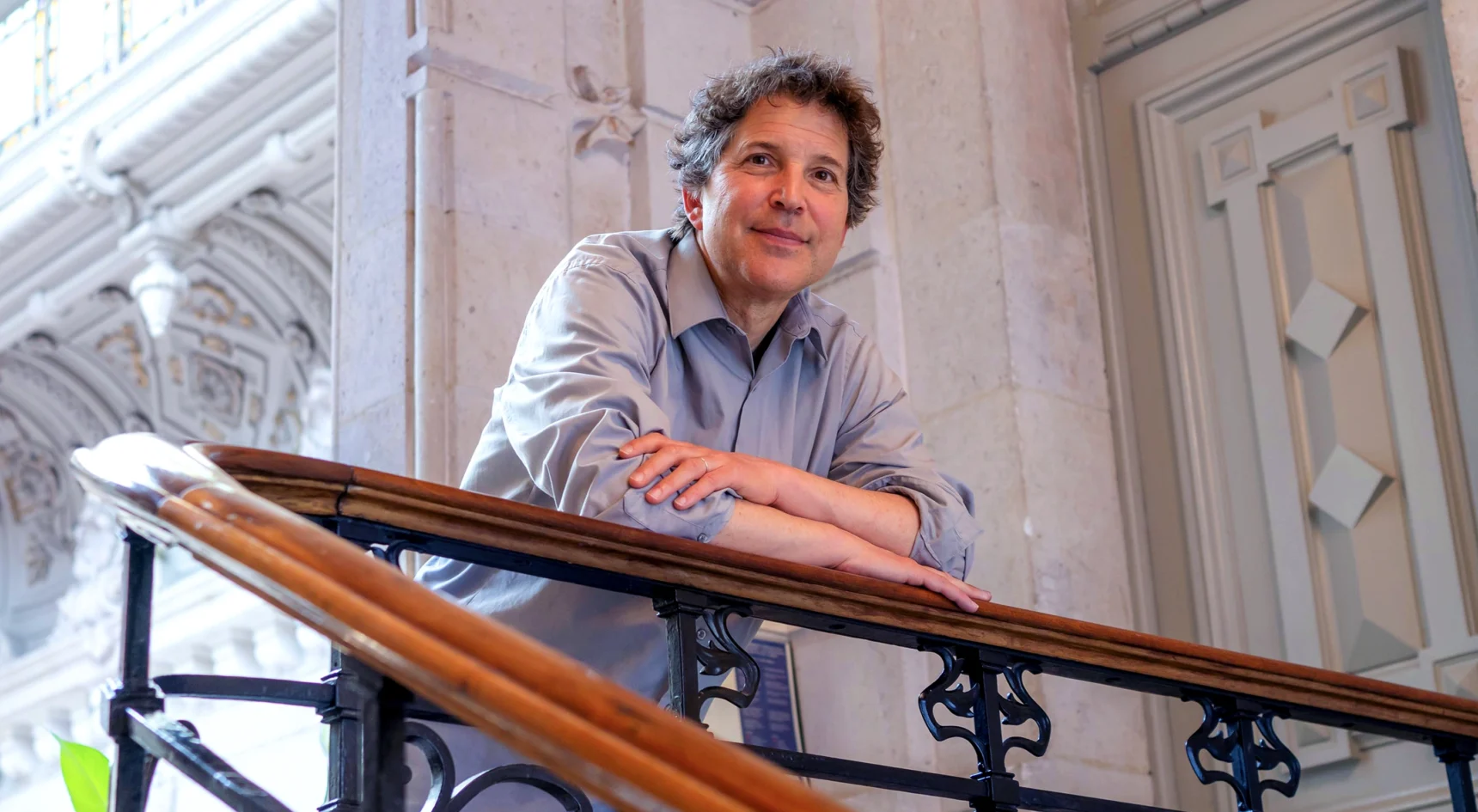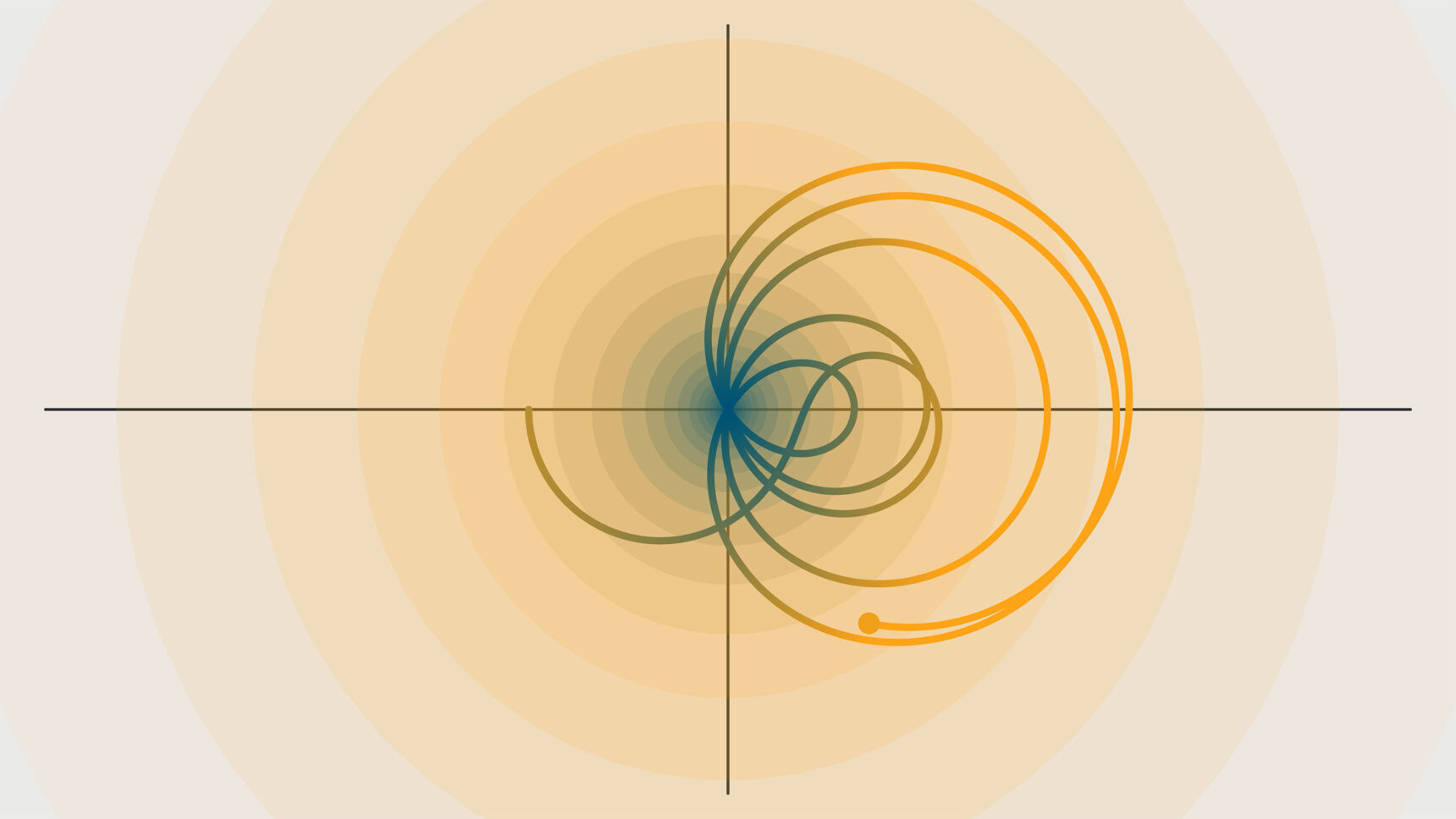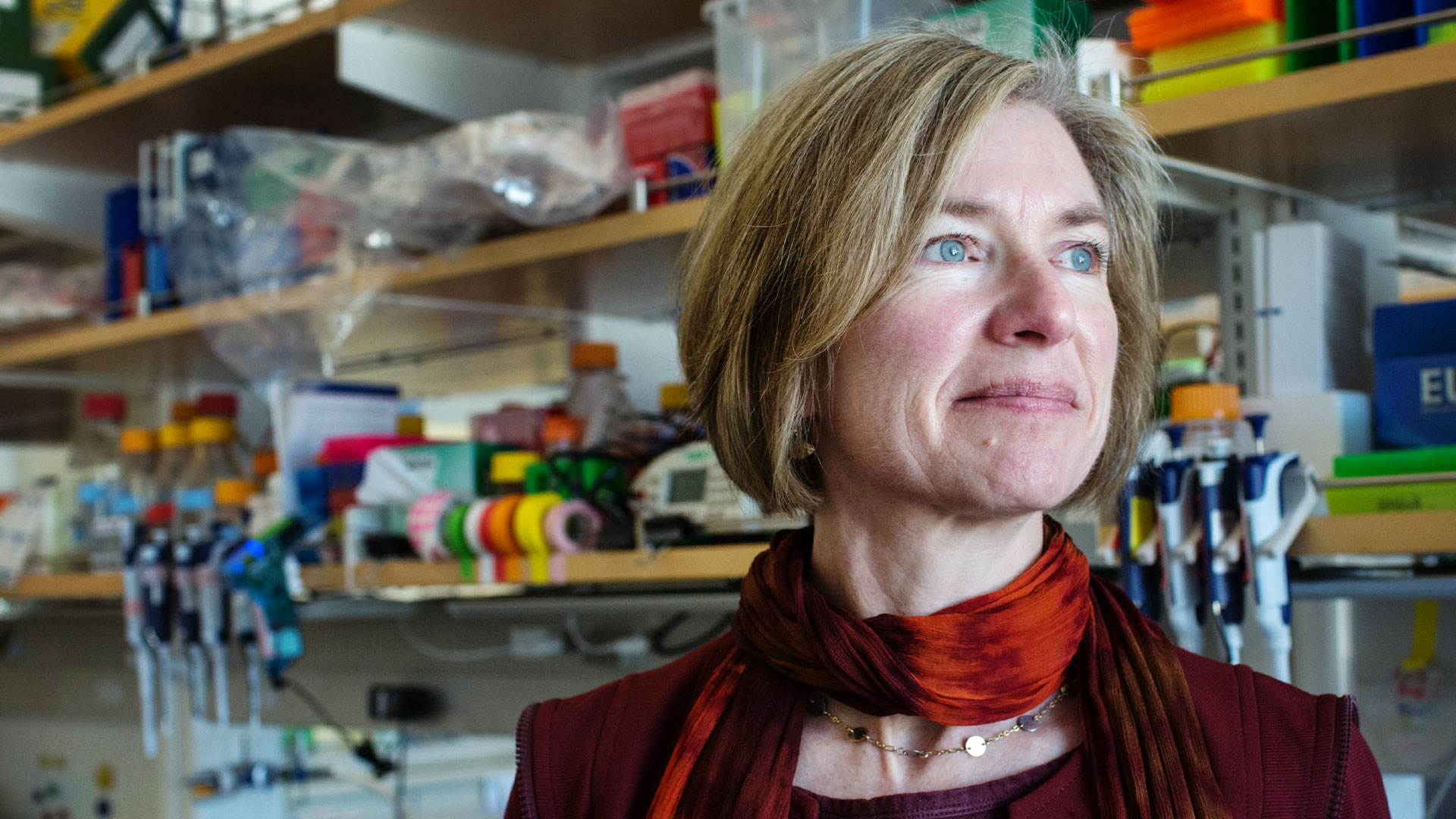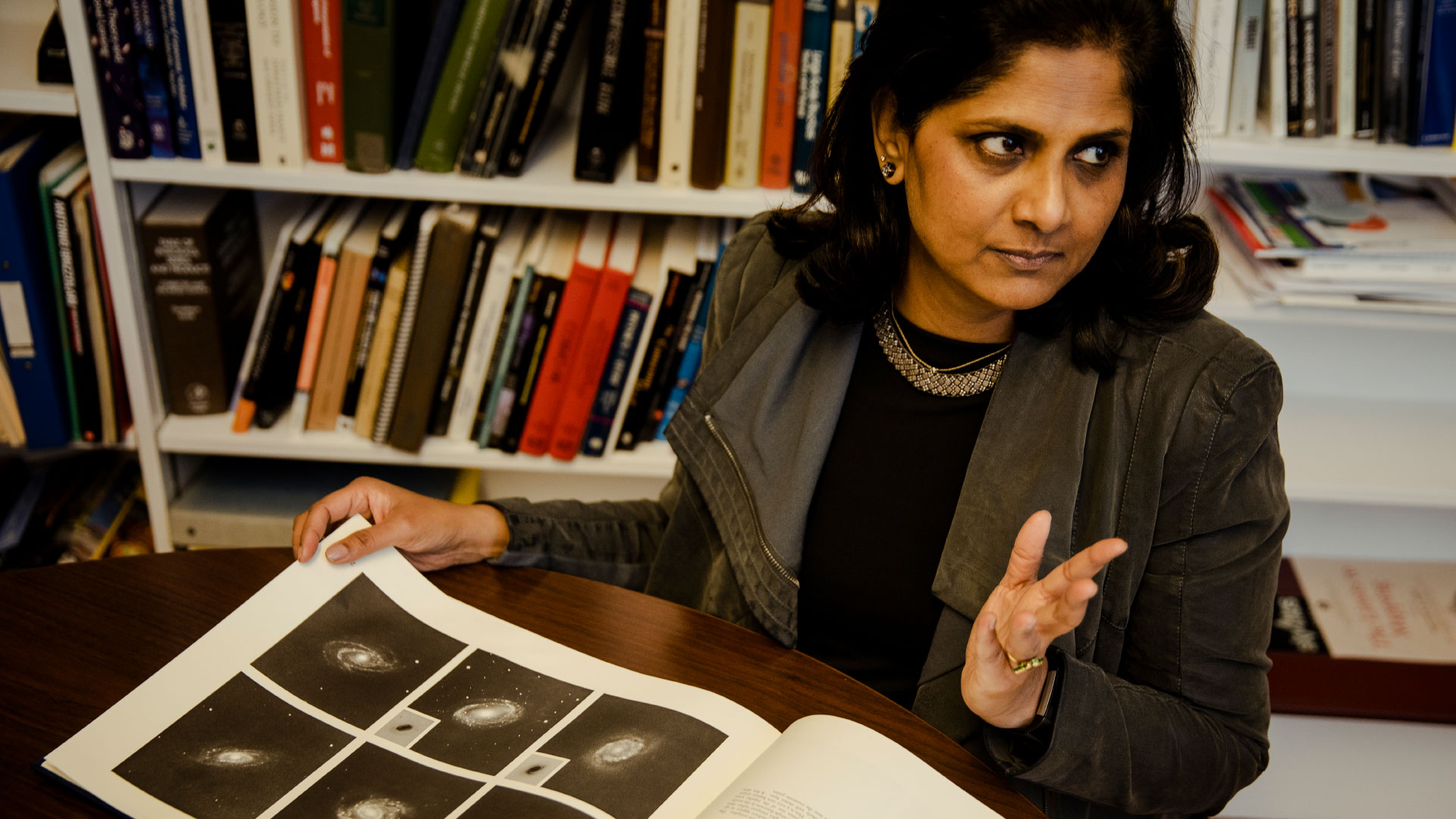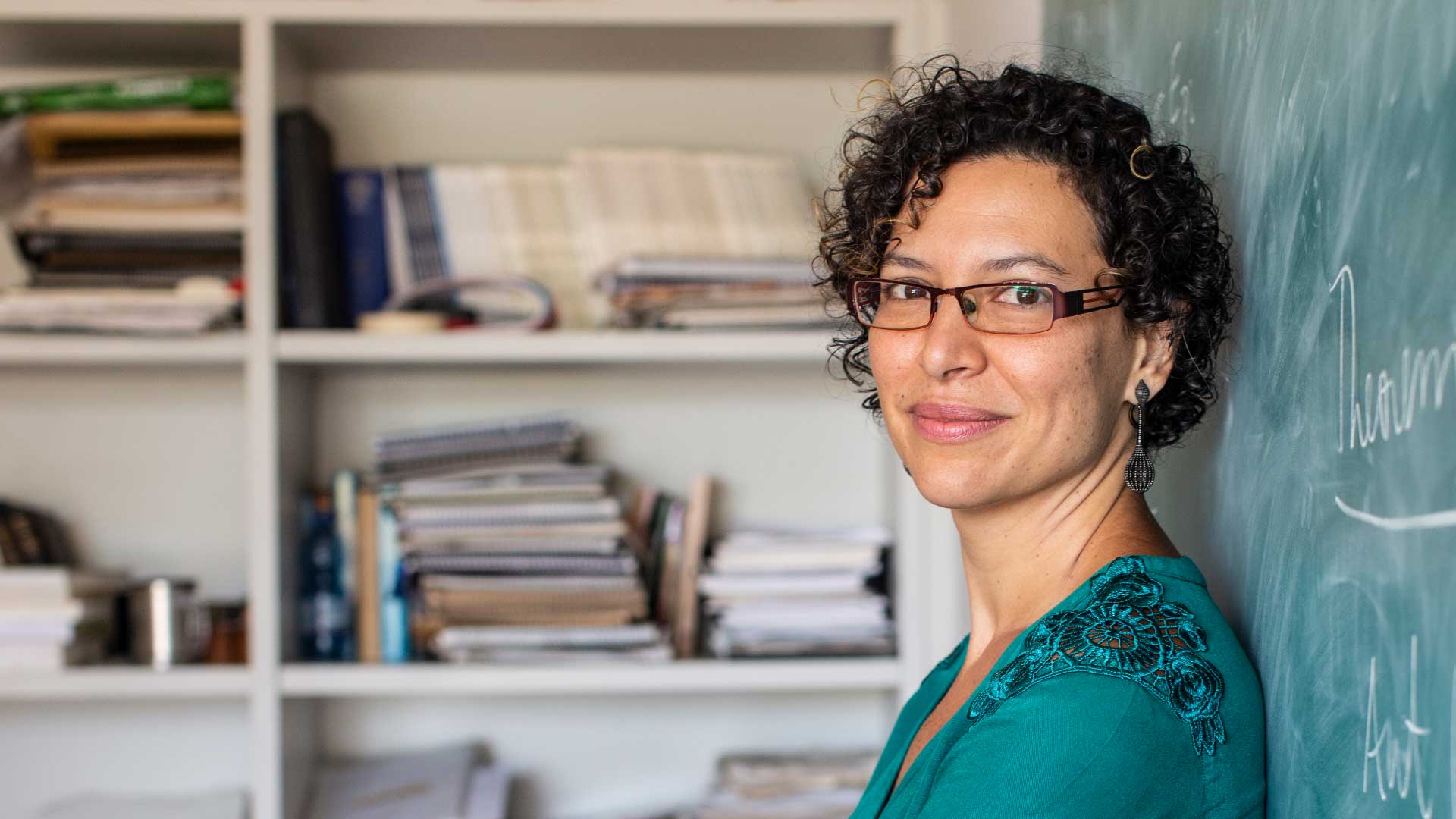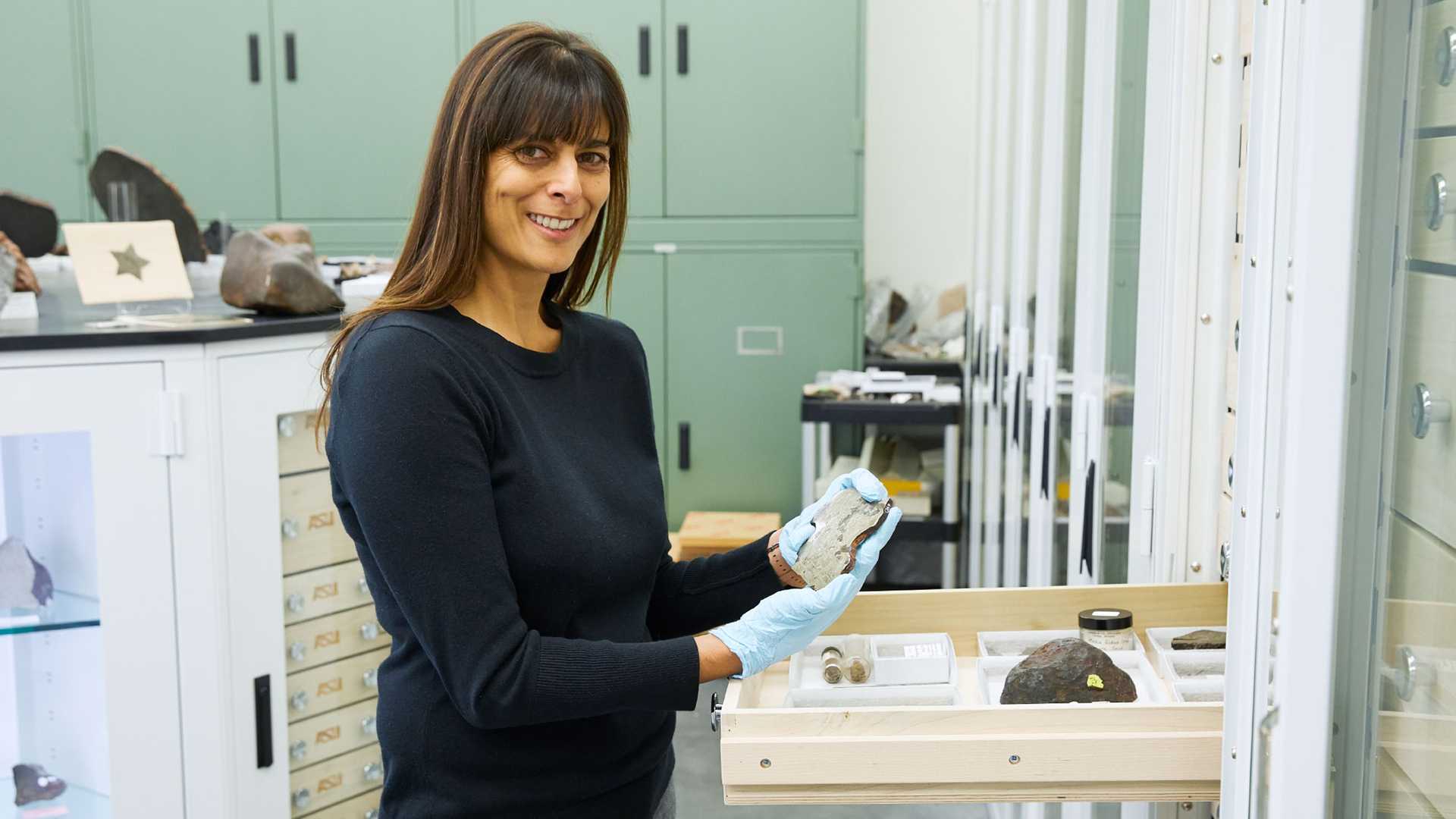Videos
2024 Biggest Breakthroughs in Computer Science
The year’s biggest computer science stories included a new understanding of large language models, and a breakthrough in being able to compute complex quantum systems.
Read related article
Select Playlist
Explore All Videos
Ecologist Jennifer Dunne on Humans’ Place in Food Webs
Jennifer Dunne of the Santa Fe Institute explains how reconstructions of food webs in past ecosystems help ecologists understand both the unusual niche of humans and new clues to a more sustainable civilization.
CRISPR Pioneer Jennifer Doudna on Its Research Promise
Jennifer Doudna, one of the coinventors of CRISPR technology, discusses how her work on bacterial defenses against viruses helped lead to a discovery with a revolutionary impact on biological research.
Priyamvada Natarajan: How Black Holes Shape Galaxies
Priyamvada Natarajan explains the role of supermassive black holes in the structure and evolution of the universe.
What Is Turbulence?
Physicists use the Navier-Stokes equations to describe fluid flows, taking into account viscosity, velocity, pressure and density. But because of turbulence in fluids, proving that the equations always make sense is one of the hardest problems in physics and mathematics.
Carolina Araujo on Supporting Women in Mathematics
Carolina Araujo describes the effort to build a network of women mathematicians in Brazil.
Been Kim: A New Approach to Understanding How Machines Think
Google Brain’s Been Kim is building ways to let us interrogate the decisions made by machine learning systems.
What Is Emergence?
How do extraordinarily complex emergent phenomena — like ants assembling themselves into living bridges, or tiny water and air molecules forming into swirling hurricanes — spontaneously arise from systems of much simpler elements? The answer often depends on a transition in the interplay between the elements that resembles a phase change.
Meenakshi Wadhwa on Meteorites and the Solar System
Meenakshi Wadhwa explains how meteorites illuminate the origins of Earth and the rest of the solar system.
Martin Rees on the Future of Science and Humanity
Martin Rees, the University of Cambridge astrophysicist, Astronomer Royal and popular author, discusses how our society can benefit from future science and technology while avoiding potential pitfalls.




